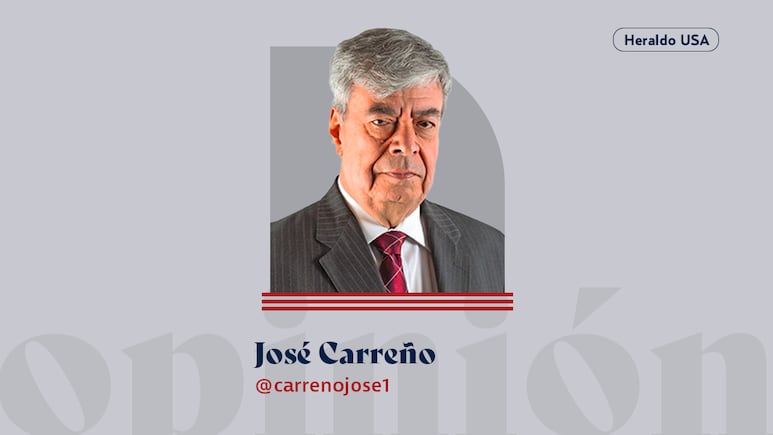FROM THE OUTSIDE | The winner “takes it all,” but…
For now, Trump may look like the winner

It’s like that childhood game of the spinning top, where the winner “takes it all.” Or at least that’s the impression left by the past few months of maneuvering in the global economy, dominated by the tactics of U.S. President Donald Trump, who insists that “the United States gives a lot but gets nothing in return.”
Publicidad
In an ideal world, trade agreements would lay out relatively fair terms, give-and-take deals with mutual concessions. However, the image the Trump administration projects suggests that it believes such fairness is not in its interest. And, at least on the surface, many governments appear willing to accept unbalanced deals to maintain access to the U.S. market.
“This is the reality of the asymmetric trade deals promoted by the White House,” wrote Courtenay Brown of the digital news outlet Axios when reviewing the trade agreements Trump reached with the European Union and Japan.
Trump’s agreements with Europe—announced on Sunday—and with Japan include provisions to eliminate tariffs, promise massive investments in the United States, and open markets to U.S. producers.
Publicidad
In exchange, Japan and EU countries receive limited guarantees on tariffs—both capped at 15 percent—even if that harms their industries.
Publicidad
Significant geopolitical factors are at play in both cases: fear of Russia and concern over China.
Trump’s announcement of the U.S.-EU deal—made during his vacation in Scotland—came just days before Friday, August 1, when the White House says tariffs of up to 30% on imported goods will take effect.
According to available information, European companies will buy up to $750 billion in U.S. energy products over the next three years and invest another $600 billion in the United States.
Europeans believe that despite everything, there will be benefits, particularly that their auto exports to the U.S. will be favored, while vehicles made in Canada or Mexico could face up to 25% tariffs.
Still, there’s a sense that the Trump administration is manipulating the books and counting “like the Grand Captain.”
Despite the president’s claims, tariffs eventually increase consumer prices, especially for Americans.
Recently, Trump claimed he would lower medicine prices by as much as 1,500%, said gas prices had dropped to $1.99 per gallon (3.7 liters), and announced that investment in the U.S. had reached $16 trillion in the first half of 2025. But mathematically, it’s impossible to lower prices by 1,500%, gas is around three dollars per gallon nationwide, and the U.S. economy—the largest in the world—is valued at $30 trillion.
For now, Trump may look like the winner. But…
Publicidad
Publicidad
Más Leídas | Heraldo USA
Trump exige enjuiciamiento para Kamala Harris por supuestos pagos ilegales a celebridades
Por Heraldo USA
EN VIVO: Sigue minuto a minuto la conferencia matutina de Claudia Sheinbaum HOY 28 de julio
Por Heraldo USA
No sólo es Karely Ruiz: conoce el top 5 de las mexicanas mejor pagadas de OnlyFans
Por Heraldo USA
Dos hermanos mexicanos regresan a México luego de ser detenidos en “Alligator Alcatraz”
Por Heraldo USA
Publicidad
Más noticias de Columna
Más noticias de Estados unidos








